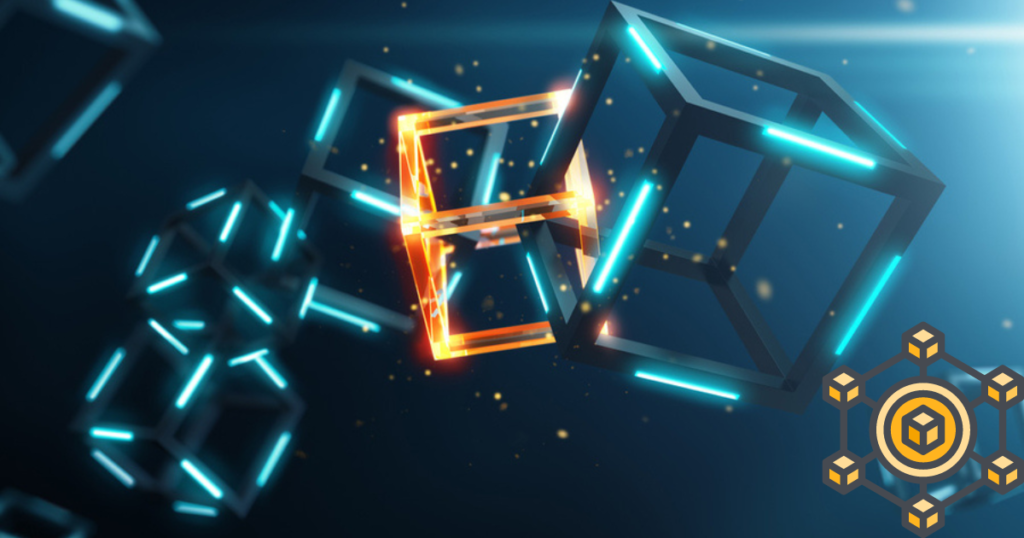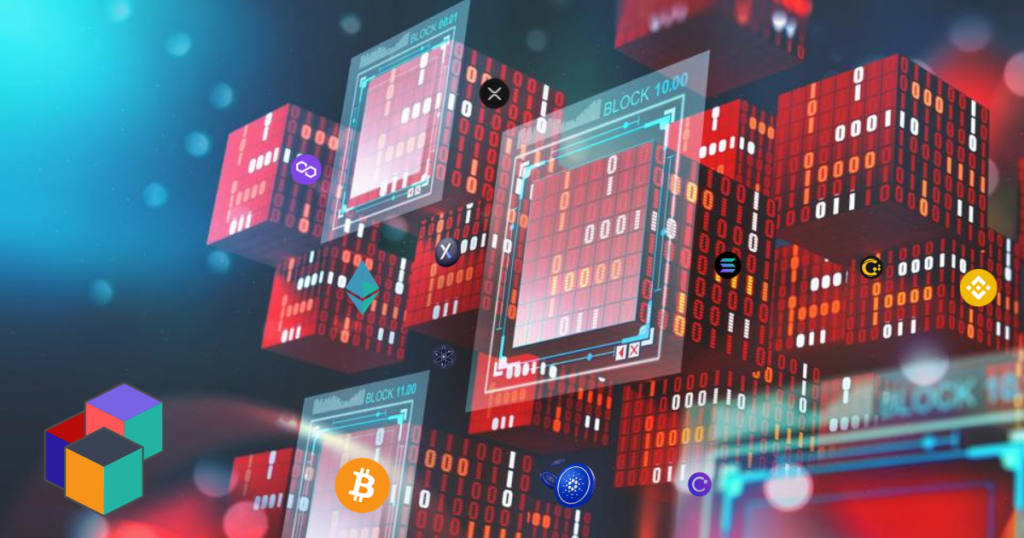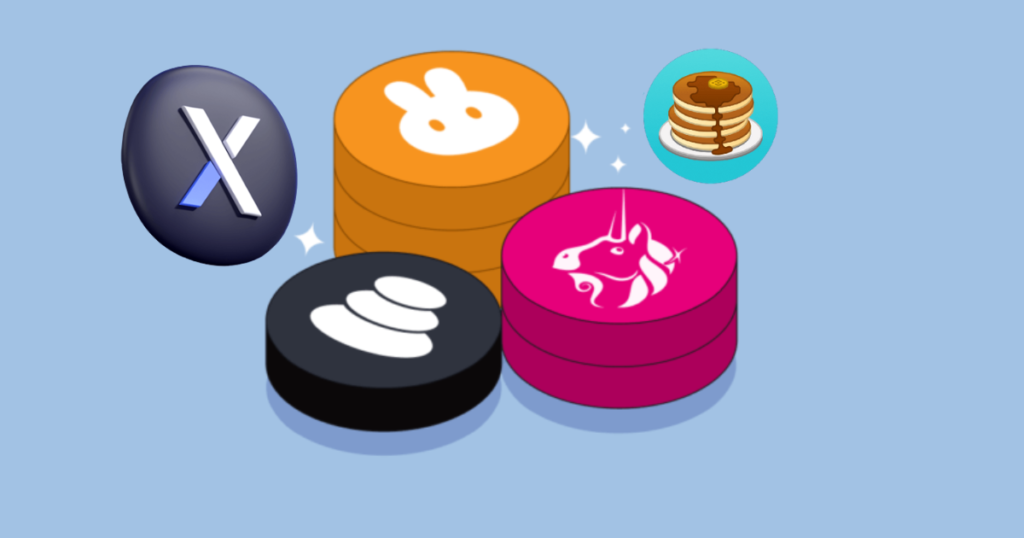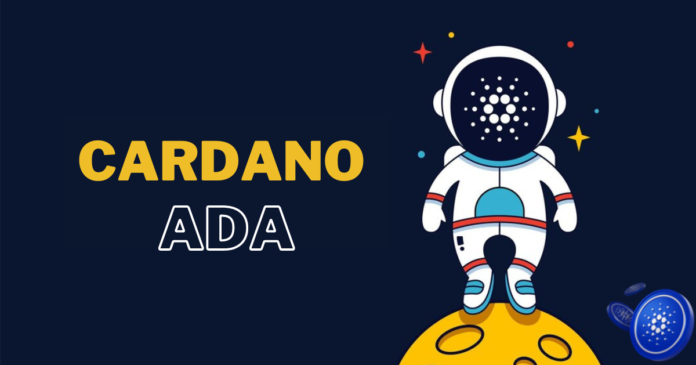Cardano ADA is a decentralized blockchain network, although it differs significantly from other blockchains in several ways. It’s the world’s first peer-reviewed blockchain.
In this article we’re going to explain what the Cardano crypto is, we’ll discuss who invented Cardono, learn about its consensus algorithm in third-generation blockchain, the evolution of Cardano, and what my thoughts are on it.
Cardano Explained
We are witnessing tremendous advancements and discoveries in the area of cryptocurrency and blockchain. The Cardano network is one such cutting-edge new network. Its creators want it to function as the internet of blockchains. Cardano is a decentralized blockchain network, although it differs significantly from other blockchains in several ways. It’s the world’s first peer-reviewed blockchain. This indicates that unlike other networks Cardona does not simply publish a whitepaper rather all of its papers are vetted by professionals from different fields who read, edit, and concur with the final product.
Additionally, all of their procedures are reviewed by a vast network of academics and scientists from universities across the globe including the University of Edinburgh and the Tokyo institute of technology. The network uses a cryptocurrency called ADA. It bears ADA Lovelace’s name a mathematician from the 19th century. She is frequently credited with being the first person to program a computer.
Who Invented Cardano?
In 2015 the Cardano project got underway, it was created by a business called input-output hong kong or IOHK. Charles Hoskinson a co-founder of Bitshares and Ethereum is a driving force behind Cardano. The Cardano team was successful in raising 63 million dollars from its ICO or initial coin offering in 2017, but as of right now its market valuation is just above 14.7 billion.
Cardona was intended to be the most decentralized blockchain in the world according to Charles Hoskinson. In order to prevent its governance from becoming concentrated within a single company even the governance model for it was created to be managed by several parties. Cardano takes a very democratic stance in this regard as seen by the fact that many organizations govern the network as a whole. The Cardona network was overseen by a total of three entities. These include IOHK which developed the proof-of-stake algorithm and created Cardano.
Emergo is in charge of persuading other businesses to use Cardano. In contrast, the swiss-based non-profit Cardano foundation keeps an eye on the blockchain’s advancement.

Algorithm of consensus
Unlike conventional cryptocurrencies that employ proof-of-work algorithms like Ethereum the proof-of-stake algorithm used by Cardano is called Uroboros. In essence, this works by choosing a small number of nodes at random referred to as slot leaders, instead of letting all the nodes mine. After that, the time is split up into epics and then into slots. One block can be constructed within a brief window of time known as a slot. The final step is to designate a slot leader for each slot who then has exclusive access to that slot’s resources. The network’s transactions are then verified by the slot leader resulting in atta being earned.
Due to the entire structure, the Cardano network is extremely scalable. In addition to running parallel epics concurrently, the number of slots per epic can be raised. The Uroboros provides a crucial solution for blockchain usage as a whole, it significantly increases Cardano’s scalability and Ethereum knows to follow suit as they switch from a proof-of-work to a proof-of-stake algorithm.
Third generation blockchain
Cardano is a third-generation blockchain in accordance with Charles Hoskinson, while bitcoin and Ethereum are first and second-generation technologies respectively. The main purpose of using bitcoin was and still is to send receive or store money. This was the first generation’s primary utility. While Ethereum became the second generation and featured smart contracts for the first time. The Cardano team describes Cardano as the third-generation blockchain. Cardano seeks to address three key issues that now plague the blockchain industry. These three concepts are sustainability, interoperability, and scaling.
The goal of Cardano’s Uroboros is to address the issue of scalability. It’s significantly more efficient than other blockchains thanks to its proof-of-stake consensus method. The network chooses a few miners to mint a new block, as opposed to proof-of-work methods where everyone can mine new blocks. This greatly increases the efficiency of the entire operation, additionally, many epics may operate simultaneously greatly enhancing scalability.
The internet of blockchains quote-unquote is what the Cardano network aspires to be. This will make it a blockchain that can communicate with other networks which will solve the interoperability issue. This will make it possible for people to transfer their assets directly between different blockchains. Regulations imposed by the government on cryptocurrencies are another factor in the interoperability problem because there isn’t much metadata attached to most cryptocurrency transactions traditional institutions tend to avoid them.
Cardona wants to address this problem by enabling users to add metadata to their transactions. Finally, even the oldest blockchain networks are plagued by the problem of sustainability. Typically ICOs are used by blockchain networks to raise funds. What transpires thereafter when the funding runs out?
How does Cardano work?
In order to address this issue, Cardano plans to create a treasury fund. This treasury fund receives a small portion of every network transaction. This treasury money will be handled by the community rather than being in the hands of any one person. Every time a developer wants to alter the current protocol they will present a proposal to the community. The decision to release the cash needed for the development will subsequently be made by the community in a vote.
Cardano Blockchain Operations
The Cardona blockchain operates in a very creative way it can be divided into two distinct layers to better understand how it operates. Users can conduct transactions on the network thanks to the settlement layer. In essence, you can use it to transfer ADA from one wallet to another. As for the computational layer, work is still being done on this once finished it will allow users to draft and sign smart contracts. Due to the fact that the majority of other blockchains only have one layer, Cardano stands apart due to its tiered design. The computational layer’s incredible adaptability is what makes it so great. Since different nations have their own laws and regulations it will be flexible depending on the end user.
The evolution of Cardano

The evolution of the Cardano network may be categorized into five different and focused eras, this is called the Cardano road map and it’s what specifies the number of goals for every period. These five eras are all named after real-world personalities.
Byron
The launch of Cardano into the world in September 2017 marked the start of the byron era. The added cryptocurrency was initially available for users to buy and sell over a federated network. During this time the groundbreaking Uroboros was also developed, also during this time IOHK’s official wallet Diabolus and its sister company emerges lightweight wallet Uroi were both released. The network’s first significant technological advancements occurred during the byron era. However, the focus was more on building a community and piquing interest in blockchain technology.
Shelley
The Shelley era is a period of slow development as opposed to the byron era, which started at a definitive moment when the mainstream was established. It was realized that decentralization would be the shelly era’s main goal. The network was federated throughout the byron era but during the Shelley era most of the nodes would start to be managed by the community, thus this era can be seen as a transitional period during which the network would go from being federated to entirely decentralized.
The implementation of a delegation and incentive system will also occur during the Shelley era. Users will be able to do this and stake their atta into the network’s stake pools in exchange for rewards for their sincere engagement.
Gogen
With the ability for users to build smart contracts the gogen era will go down in history for the Cardano network. Users will thus be able to develop DApps or decentralize apps on the network. Gogan and Shelley have been developed concurrently and once they are released Cardona will face off against Ethereum which has its own framework for smart contracts.
The development of Plutus a programming language specifically designed for smart contracts is another goal of gogen. It is being developed using Haskell a language that is already operational. Furthermore, a user-friendly application creation platform called Marlow is being created for all the non-technical people out there. This will make it simple for those without technical knowledge to develop and carry out smart contracts.
Basho
The basho era’s primary goals will be to increase the network’s scalability and interoperability. Basho will concentrate on enhancing the network’s general performance. The development of side chains will be the main innovation of this period. These new blockchains will be able to coexist in parallel with the primary Cardano blockchain. These side chains can be utilized as a sharding technique by shifting workloads from the main chain greatly increasing the network’s capacity. Without disrupting the main blockchain these side chains can be used to try out new features. Cardano will be able to develop one of the world’s most efficient, durable, and adaptable networks throughout this time.
Voltaire
The management of treasury money and network governance are two issues that pertain to the Voltaire period. Voltaire will permit the network to develop a self-governing entirely self-sufficient structure. The network’s participants will be able to use their share to affect the network’s future direction. Additionally, a treasury fund will be created and supported by deducting a small portion from each transaction.
The network’s future developments will all be paid for out of this treasury fund the network will no longer be under the control of IOHK after a voting process and a treasury fund has been established, instead the community will be in charge of running the network.

Where can you buy Cardano?
The process for buying ADA on the Binance or Okex exchange is the same as for buying any other cryptocurrency. You can place either a market buy or a limit buy. When you place an order using a limit purchase your order is filled after the token price hits the limit price you specified. You can make a market order by agreeing to pay the current price and almost immediately your order will be filled. Visit Okex or Binance to buy Cardano if you’re interested in doing so.
Related: Centralized vs Decentralized Exchanges | Best Exchange?
Conclusion
The ongoing development of Cardona’s blockchain is currently its biggest worry. As a result, we’re unsure if the Cardano team will be able to complete its roadmap. Most of their claims are at best hypothetical at this time.
Another challenge for Cardano is the intense competition it faces in the market for its proof-of-stake mechanism. The proof-of-stake method is being developed by a number of other networks including polka dot, Tezos, cosmos, and Ethereum 2.0. It remains to be seen which network will succeed in the end. The introduction of Plutus a whole new programming language is another difficulty. It could cause several issues particularly with regard to its functioning because it’s a novel language and has no prior use cases.
As always I hope you got value from this article and learned something new about Cardano, so I’m curious in your opinion what distinguishes Cardano from other cryptocurrencies like Ethereum or bitcoin? Do you think Cardano could unseat them in the future what are your thoughts on Cardano leave a comment below.

